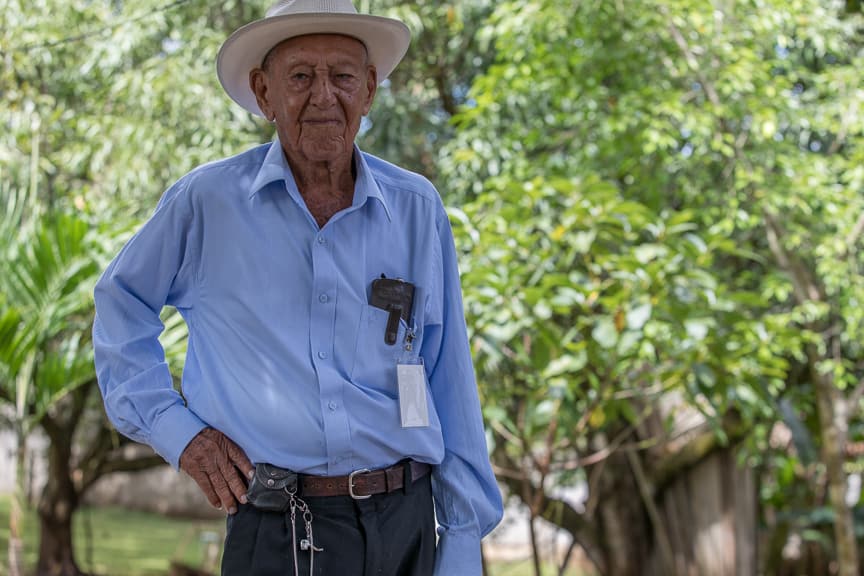The Nicoya Peninsula in Costa Rica is recognized worldwide as one of the five blue zones, where people live beyond the age of 90 in good health. This exceptional longevity results from cultural, social, and environmental factors. However, it is at risk.
The University of Costa Rica issued a warning about the emerging challenges that could compromise the sustainability of this area in the future.
In the Guanacaste area, there are up to 23 centenarians per 100,000 inhabitants. These individuals have a better lipid and glycemic profile than their offspring, are lighter, and have a better quality and diversity of diet than their relatives and adults in the urban areas of Costa Rica, according to studies conducted by the University of Costa Rica.
A worrisome change in the health of younger generations is being observed. The abandonment of the traditional diet rich in fresh and local foods has given way to a diet based on ultra-processed and high-sugar products, contributing to an increase in metabolic diseases such as obesity, type 2 diabetes, and hypertension in people under 50 years of age.
According to recent data, these conditions have increased by 35% in the last decade among people under 40, jeopardizing the quality of life and life expectancy in the future. This panorama calls for profound reflection on the importance of preserving the healthy habits that have characterized the region and that could be lost if urgent measures are not taken.
One of the main challenges lies in preserving traditional eating habits. The increase in the consumption of ultra-processed foods represents a direct threat to the food practices that have historically characterized the region. It is essential to develop strategies that revalue traditional diets, promote the consumption of local products, and ensure the transmission of culinary knowledge between generations.
The second major challenge is related to maintaining healthy lifestyle habits. The regular practice of physical exercise is essential for the prevention of chronic diseases and overall wellbeing. Faced with this challenge, it is necessary to strengthen community actions that promote daily movement, access to adequate public spaces, and inclusive physical activity programs.
The third challenge is preserving intergenerational ties and Nicoya’s characteristic lifestyle, based on social interaction, mutual support, and intergenerational respect, which has been one of the keys to longevity in the region. However, current social and economic changes threaten to weaken these ties. It is necessary to strengthen existing community programs and implement new initiatives that promote coexistence between generations through cultural activities, meeting spaces, and the rescue of traditional knowledge.
Studies and research in blue zones have shown that longevity is not the exclusive result of advanced genetics or medical care but of a simple lifestyle based on healthy eating, consistent physical activity, social support, and a strong sense of purpose.
There is a need to move toward more accessible, inclusive, and resilient environments that recognize the diversity of aging and ensure the full participation of all people, regardless of age.






